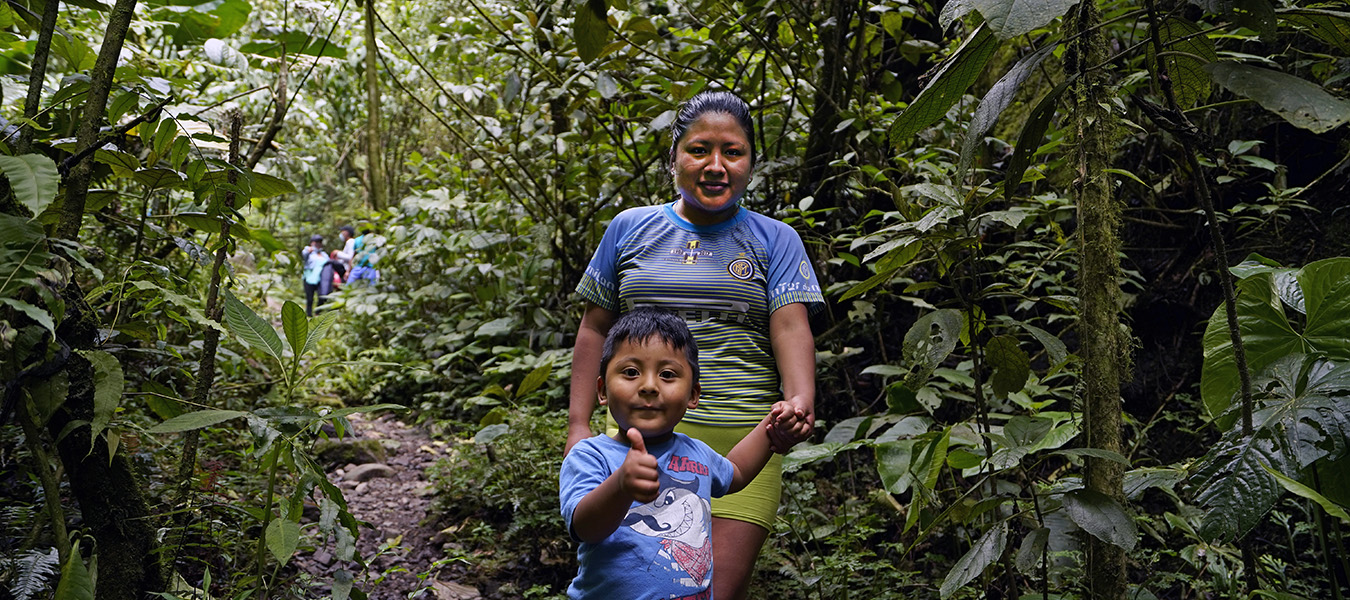
Ceiba connects people and nature, saving tropical species and habitats while helping communities improve their lives and livelihoods. We focus on Ecuador's coastal forest and orchid-rich mountains, two of the most threatened ecosystems on Earth. Our approach keeps land in local hands by emphasizing conservation easements and financial incentives to promote sustainable land stewardship.
Enrolling in the 2025 Tropical Conservation Semester? Click Here!
Enjoy a once-in-a-lifetime educational adventure in pristine tropical locales, and benefit from Ceiba’s twenty years of conservation experience and the academic quality of the University of Wisconsin
Your support protects critically threatened forests on Ecuador’s Pacific coast and in the Andes by launching locally-operated nature reserves and linking community development to biodiversity conservation
Ceiba scientists, volunteers, and researchers from around the world study how to protect nature and ensure that communities benefit from ecosystem services like clean and abundant fresh water
Just kidding, we flew! But everyone had a terrific time on the MesoAmerican reef of Belize, the second longest barrier reef in the world. There, on the remote Glovers Reef Atoll, 15 students carried out underwater research projects as part of Ceiba’s 2024 Coral Reef Ecology course. Every day, we’d board our boat, and courtesy ...
The 2024 Tropical Conservation Semester (TCS) in Ecuador wrapped up in May, after five months of life-changing expeditions. We started on land, traversing the high Andean paramo, hiking through the magic of the cloud forests, and exploring the world’s most biodiverse hotspot, the Amazon rainforest. Along the way, we toured examples of modern conservation, ranging ...
The Tropical Conservation Semester, Ceiba’s popular study abroad program, takes students on an extended exploration of Ecuador’s amazing and diverse ecosystems. From the high Andes and misty cloud forest, we spend two weeks in the Amazon basin (and the world’s most biodiverse place, Yasuni), and then journey to the renowned Galapagos islands. You can be ...